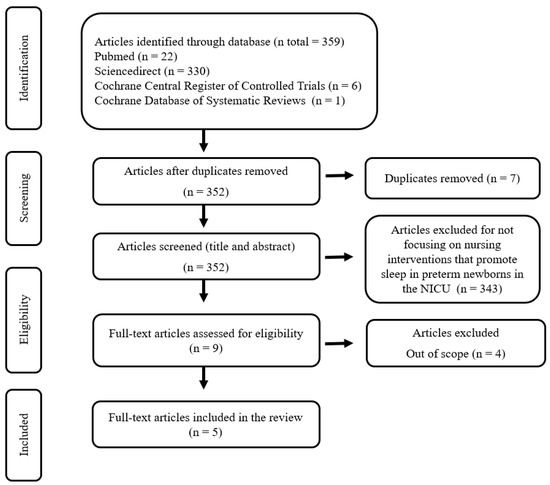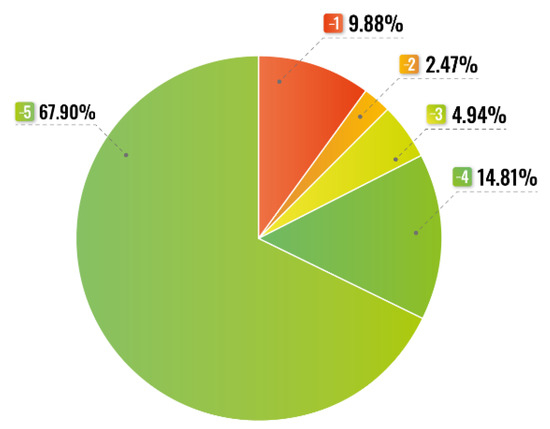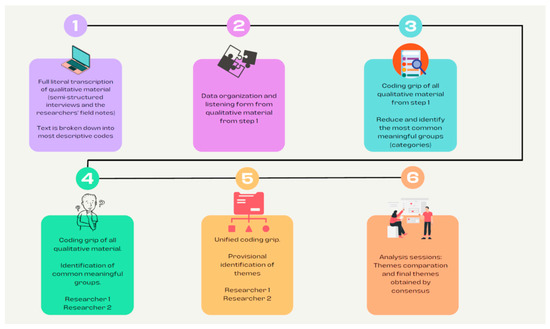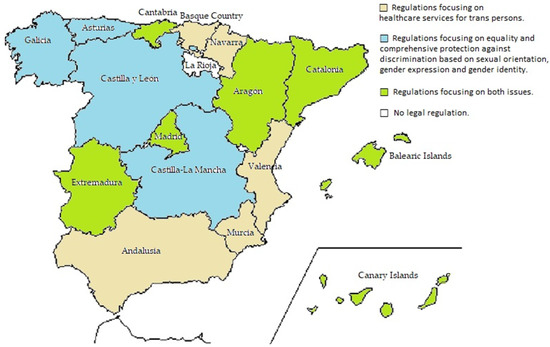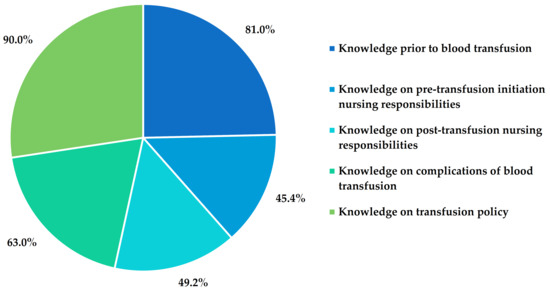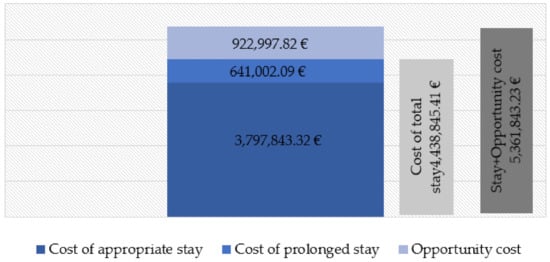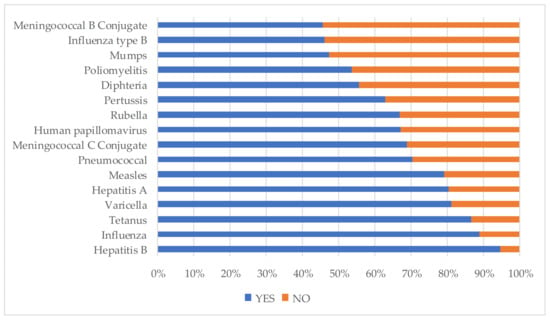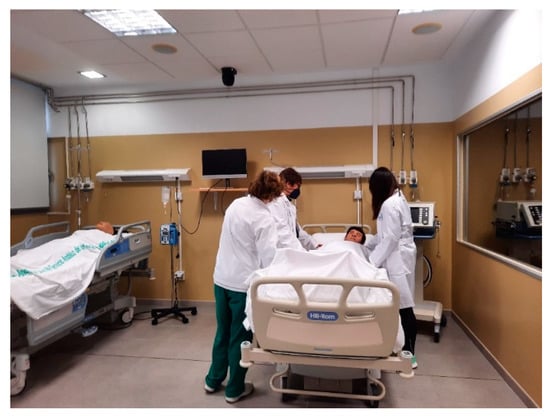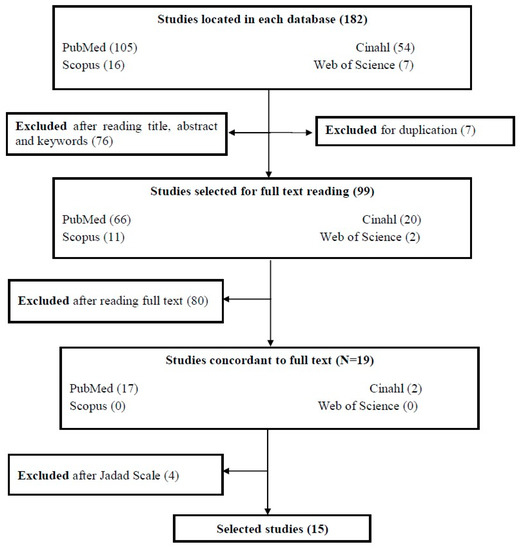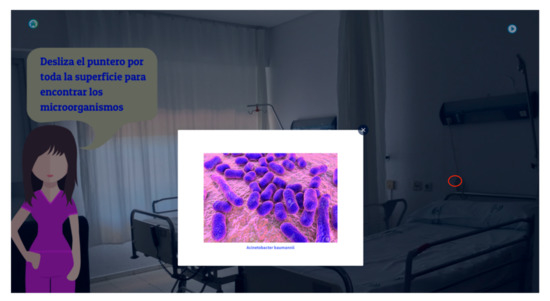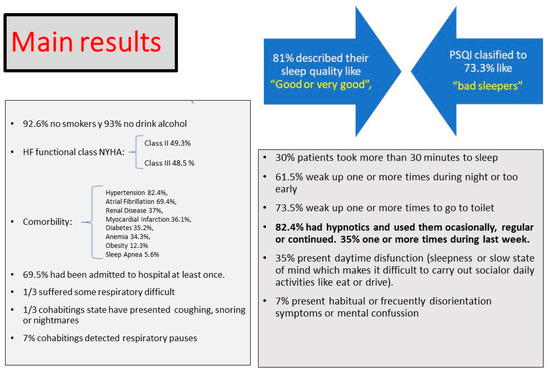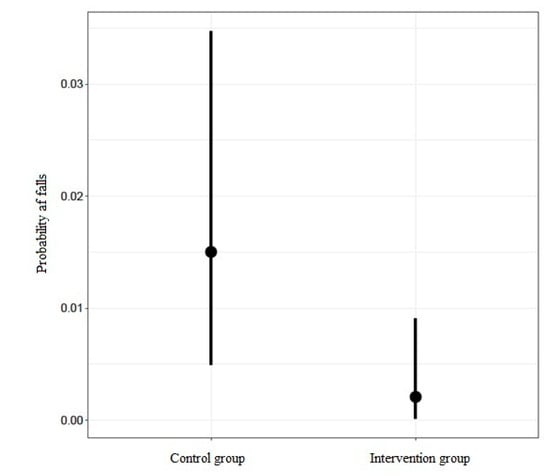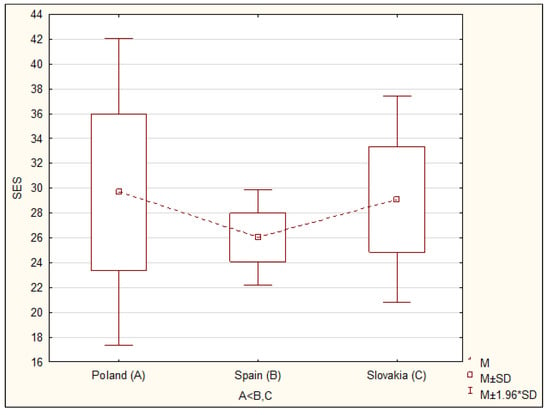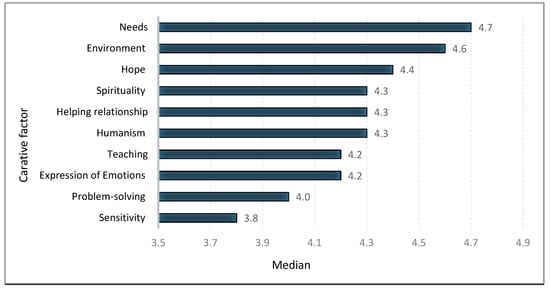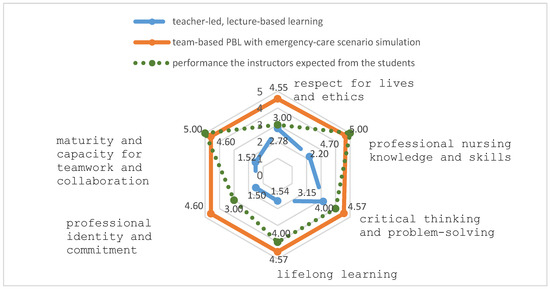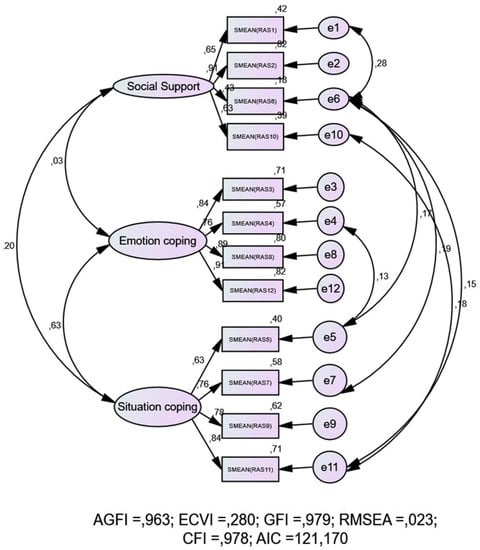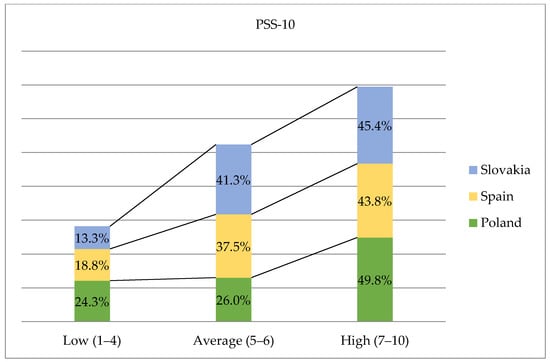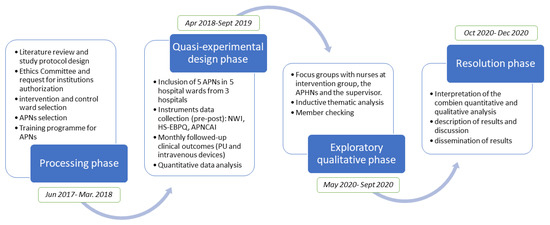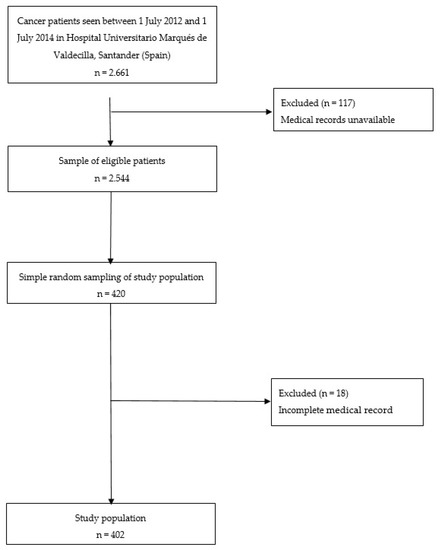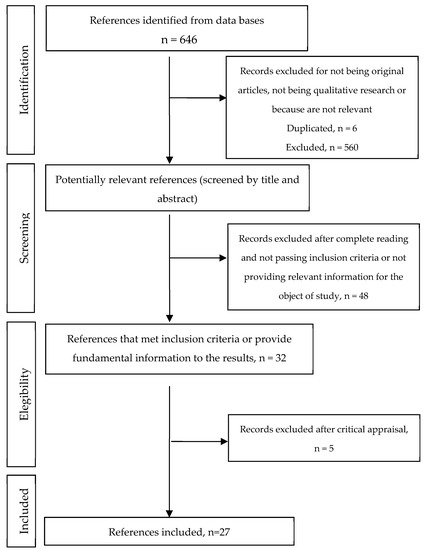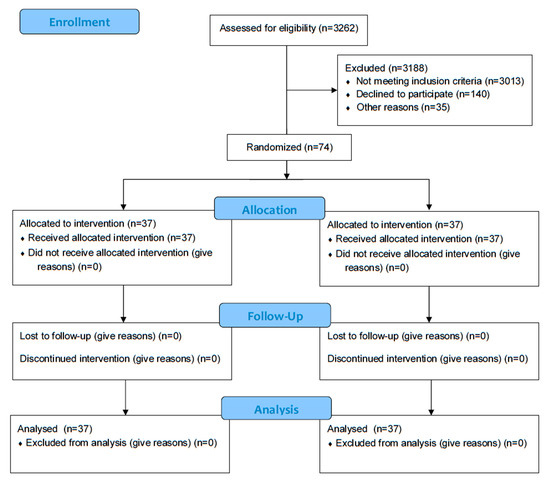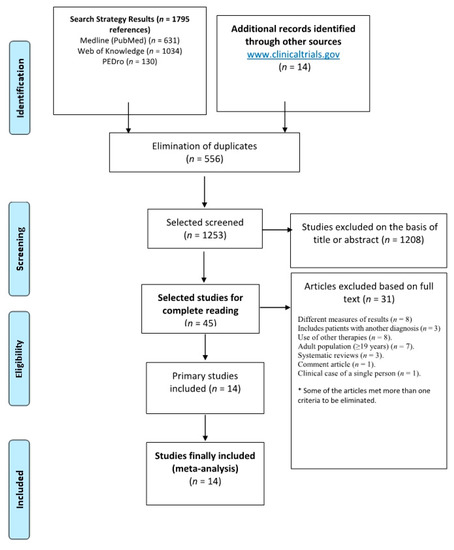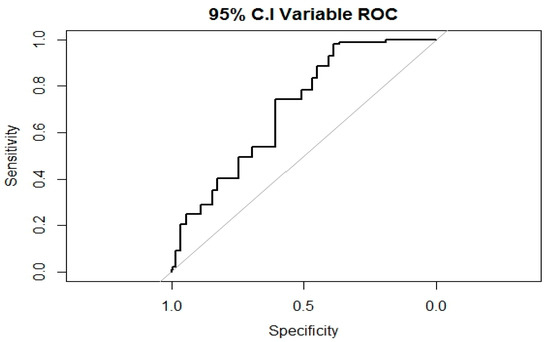Nursing Research
A topical collection in International Journal of Environmental Research and Public Health (ISSN 1660-4601).
Submission Status: Closed | Viewed by 310030Editor
2. Instituto de Investigación Sanitaria Valdecilla (IDIVAL), Grupo de Investigación en Enfermería, 39005 Santander, Spain
Interests: nursing; physiotherapy; quality life; oncology; neurologoly; pain; health care
Special Issues, Collections and Topics in MDPI journals
Topical Collection Information
Dear Colleagues,
Nursing professionals are a key element of the health system. They provide care to people and the community with the aim of restoring health or preventing disease. These ambitious objectives require a body of solid and specific knowledge. For this reason, this Topical Collection seeks to present papers that enrich this body of knowledge. Priority will be given to research results related to quality of life, health promotion, the economic effect of care, interventions related to education, advanced practice nursing, nursing administration, and evidence-based nursing interventions. All these topics should be approached from the point of view of nursing. Both quantitative and qualitative methodologies will be considered.
Dr. Paula Parás-Bravo
Collection Editor
Manuscript Submission Information
Manuscripts should be submitted online at www.mdpi.com by registering and logging in to this website. Once you are registered, click here to go to the submission form. Manuscripts can be submitted until the deadline. All submissions that pass pre-check are peer-reviewed. Accepted papers will be published continuously in the journal (as soon as accepted) and will be listed together on the collection website. Research articles, review articles as well as short communications are invited. For planned papers, a title and short abstract (about 250 words) can be sent to the Editorial Office for assessment.
Submitted manuscripts should not have been published previously, nor be under consideration for publication elsewhere (except conference proceedings papers). All manuscripts are thoroughly refereed through a single-blind peer-review process. A guide for authors and other relevant information for submission of manuscripts is available on the Instructions for Authors page. International Journal of Environmental Research and Public Health is an international peer-reviewed open access monthly journal published by MDPI.
Please visit the Instructions for Authors page before submitting a manuscript. The Article Processing Charge (APC) for publication in this open access journal is 2500 CHF (Swiss Francs). Submitted papers should be well formatted and use good English. Authors may use MDPI's English editing service prior to publication or during author revisions.
Keywords
- nursing
- quality of life
- advanced practice nursing
- evidence-based nursing
- nursing methodology research
- nursing administration
- education
- health promotion
- economic burden





